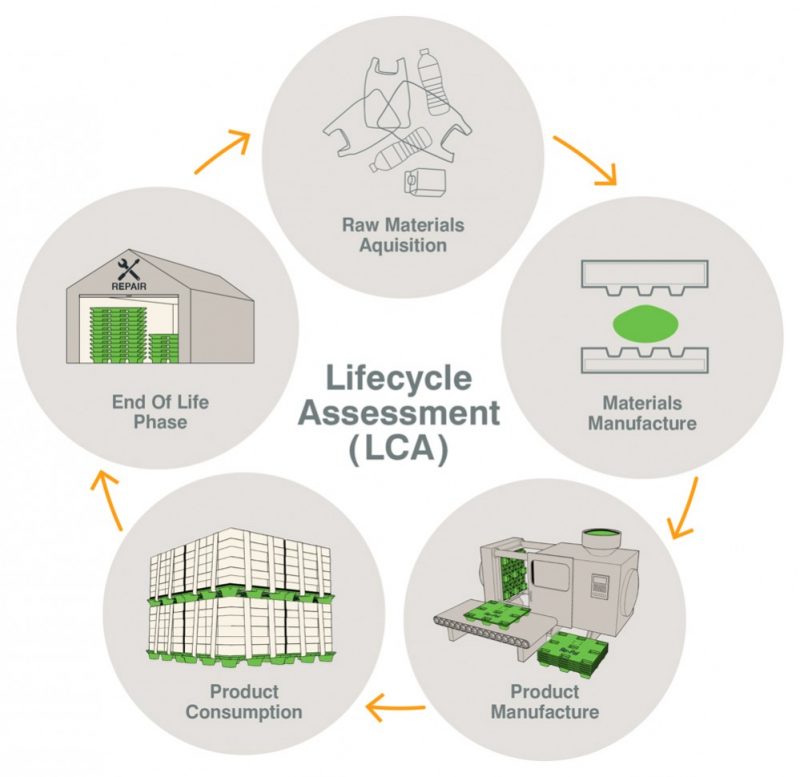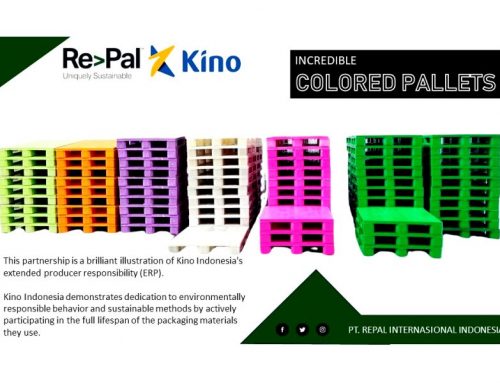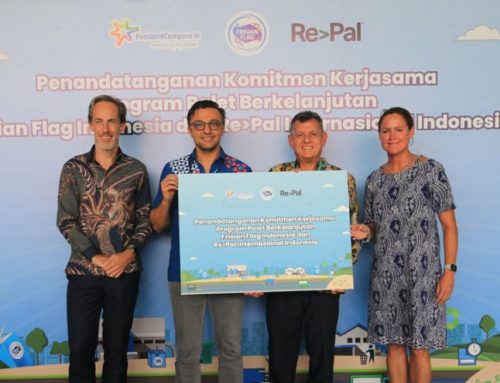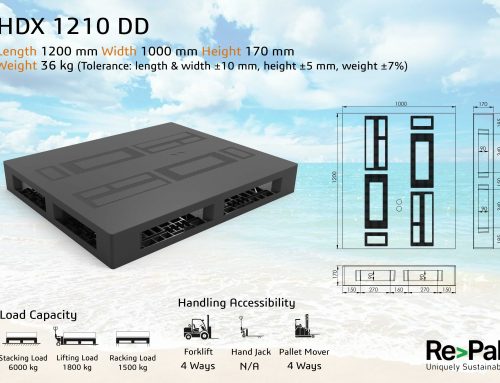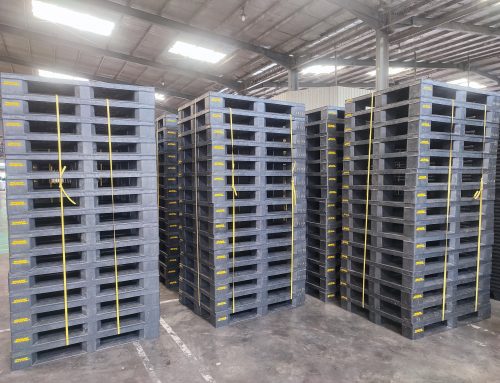Tuesday 4th October 2016
Determining how Sustainable a product is can be a complex and challenging task. While there are several methods for assessing the environmental and social impacts of a product, it is widely agreed among Sustainability experts that the most accurate and reliable measure is to undertake a Lifecycle Assessment (LCA).
A Lifecycle Assessment is a complex technique used to assess the environmental impacts with all stages of a product’s life. The assessment traditionally incorporates a cradle to grave approach, meaning that the entire life of a product is analysed – from the raw materials extraction through to materials processing, manufacture, distribution, use, repair and maintenance and disposal or recycling. An LCA can be used during the design phase of product development in order to make a product more environmentally or socially sound, or after the development phase as a means of assessing the sustainability indicators of a product. The results of the LCA will often compared with LCA results of other products of the same category, or that perform the same function, so that it can be determined which product will have the least impact on the environment, or which product is ‘greener’.
A Lifecycle Assessment consists of four phases. The initial phase is the Goal and Scope Phase, which identifies the purpose of the study and sets the parameters for which the study will be performed within. Any assumptions and limitations are identified during this phase. The inventory phase involves the creation of an inventory of flows from and to nature for a product or system. These inventory flows may include elements like water, energy, raw materials, releases to air, land and water. To develop the inventory, a flow model of the technical system is constructed using carefully gathered data on inputs and outputs. Inputs may include things such as water, arable land, crude oil, or iron ore and outputs things such as CO2, phosphates or nitrogen. The whole supply chain that is captured within the parameters established in the first phase, is evaluated.
The third phase is Impact Assessment Phase, where the potential environmental impacts of all of the data collected in the inventory phase are analysed. The data is carefully analysed using a variety of scientific processes. All of the information is measured against a number of chosen impact categories, including: climate change, water depletion, soil salinization, land use, global warming, ozone depletion, a variety of human health related impact indicators, amongst other things. The final phase of the LCA looks to interpret this data in to a variety of meaningful uses. The Lifecycle Interpretation technique involves systematic processes that identify, quantify, check and evaluate information from the results of the inventory and the impact assessment. The study is checked for completeness, sensitivity and consistency and a number of conclusions, limitations and recommendations are determined.
Currently, the LCA is the most widely accepted form of measuring environmental and social impacts of a product. This information can be used in order to support policy decision making systems, to determine business strategy, as a tool for education and enables the understanding of true and total monetary and environmental costs of the design, manufacture and use of a product. It is an extremely valuable scientific tool used largely to assist in the reduction of environmental pollution and as a means of assessing the best uses for energy and resources.
Determining how Sustainable a product is can be a complex and challenging task. While there are several methods for assessing the environmental and social impacts of a product, it is widely agreed among Sustainability experts that the most accurate and reliable measure is to undertake a Lifecycle Assessment (LCA).


